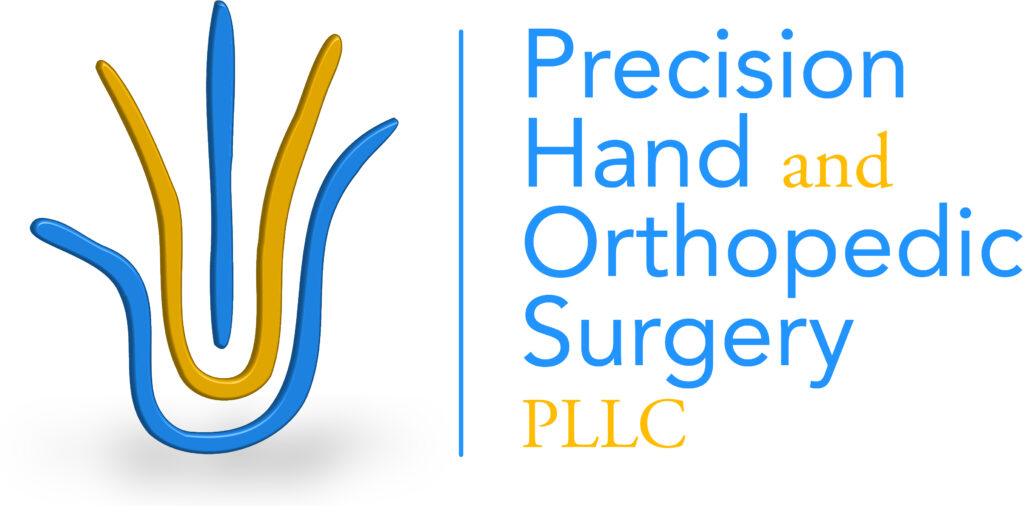My fingers are clicking and getting stuck. They really hurt.
Do you ever feel a clicking sensation in your fingers? Were you about to open your hand so you could pick something up and notice that one of the fingers remains stuck in a bent position? You may have a condition called trigger finger. Trigger Finger.
This condition may occur in anyone, however, patients with diabetes are more likely to develop trigger finger. Often, patients experience a bent finger-snapping open, instead of smoothly gliding from closed to open. Occasionally, a finger remains bent and must be pulled open. Patients may have pain associated with the triggering sensation. They may also have tenderness in the hand.
Trigger finger in patients without inflammatory disease involves constriction of a structure called the A1 pulley. The pulleys are connected to the bones of the hand and hold the tendons (“ropes which move our fingers”) close. The A1 pulley may become significantly constricted and prevent the flexor tendons from gliding smoothly. As a result, patients develop a triggering sensation. When severe, the tendon may become completely stuck and incapable of gliding. As a result, the finger may remain bent and incapable of being pulled open.
Non-operative treatment options include cortisone injections. In diabetics, these injections may cause elevated blood glucose levels. Therefore, diabetics must closely monitor their blood glucose levels and contact their physician with any concerns.
Operative treatment involves the release of the A1 pulley. This allows for the flexor tendons to glide without constriction. Post-operatively, patients may have stiffness in the finger. Stretching and range of motion exercises often help alleviate stiffness.
Trigger finger has the potential to interfere with daily activities and grasping while causing pain and discomfort in the hand. If you have any concerns, contact your physician.
The decision regarding nonoperative versus operative treatment is complex and should be discussed with your treating physician.
Outcomes after surgical treatments vary and risks and benefits should be discussed in detail with your treating physician. Nonoperative treatment also carries risks and benefits which should be discussed with your treating physician.
Disclaimer: This information is not intended to covey, substitute or supplant any medical advice. In order to establish a treating relationship, please schedule and complete your visits with a licensed physician.
Copyright 2/6/2022 Tanay Amin, MD
Do not copy, distribute, or publish this article. Please contact Precision Hand and Orthopedic Surgery PLLC with regards to any inquiries or corrections.
